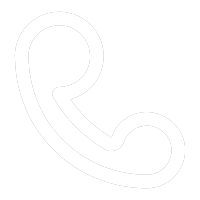The following procedure describes a typical impeller clearance adjustment for a slurry pump.
The flexibility inherent in centrifugal
slurry pump design does allow other settings as may be desired to
optimize specific operating conditions. Slurry Pumps with recessed
impellers do not rely on close running clearances with the liner. In
such cases the impeller is normally adjusted back to keep shaft seal
pressure at a minimum.
1. Loosen CLAMP BOLTS (012) on Side 'B'
only, except on 8/6 AH or larger pumps, when such are fitted with
mechanical seals. In this case loosen only the clamp bolt furthest from
the slurry pump shaft end. This will ensure the bearing assembly will
not lift up on one end, resulting in possible damage to the mechanical
seal faces. A maximum .010" rise at the bearing assembly drive end is
allowed.
2. Rotate the shaft clockwise by hand and
move the bearing assembly forward (toward cover plate) by tightening
the rear nut on ADJUSTING SCREW (001) until the impeller starts to rub
on the front liner.
3. Release the nut just tightened by 1/3
turn (2 flats), then move the bearing assembly back by means of the
front nut until the housing lug is secure against the rear nut.
4. Tighten CLAMP BOLTS (012) on side ‘B’ . Bolts on side ‘A’ were tightened earlier.
5. Tighten both adjustment screw nuts against housing lug.
6. Rotate the shaft and, if rubbing
occurs, adjust the impeller back in the casing until the rubbing stops.
NOTE If the process fluid could cause expansion due to heat or swelling
(in the case of a rubber lined pump), provide for additional clearance
in the adjustment procedure to allow for these conditions. On pumps
fitted with a centrifugal shaft seal, forward impeller adjustment may
increase seal area pressure. Thus on some applications it may be
necessary to operate the slurry pump with a slightly greater impeller
clearance to ensure proper shaft sealing is achieved.
Next: How Does a Centrifugal Pump Work?
 +086-13363833280
+086-13363833280 1245738092@qq.com
1245738092@qq.com





